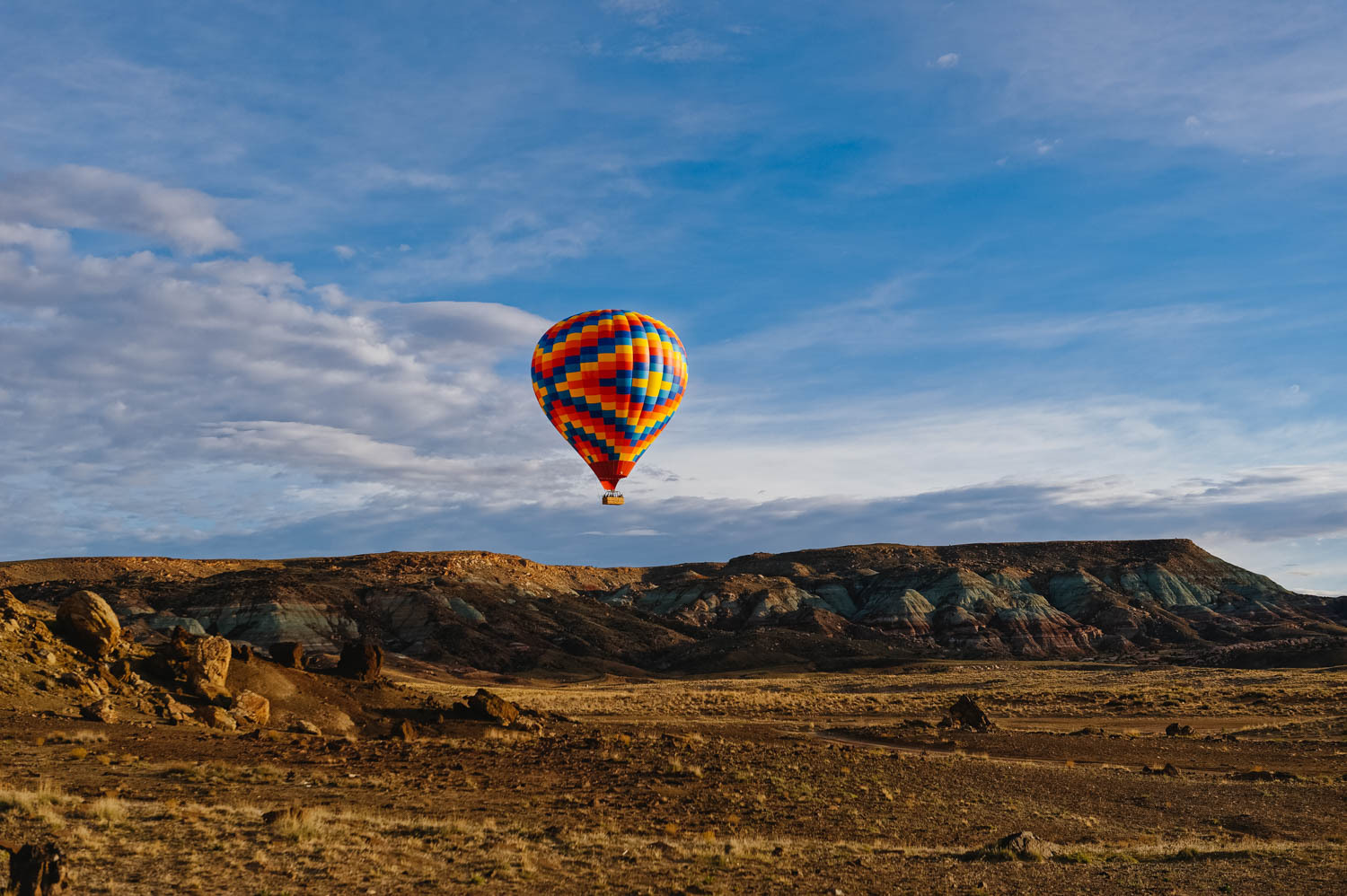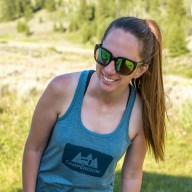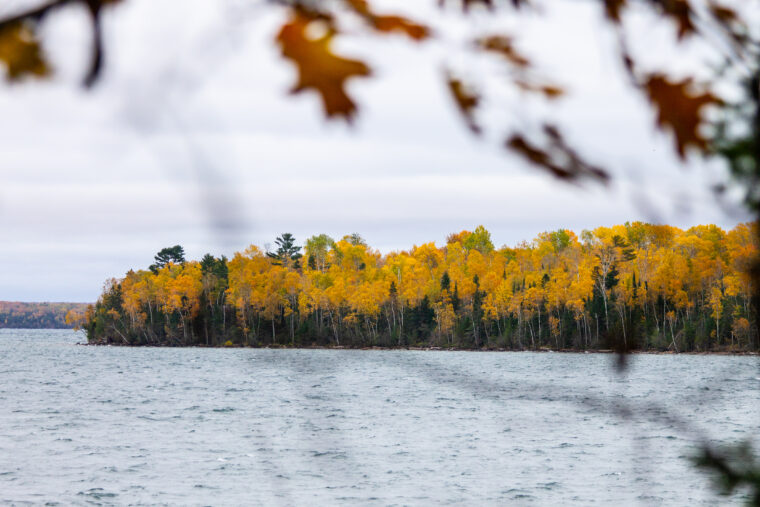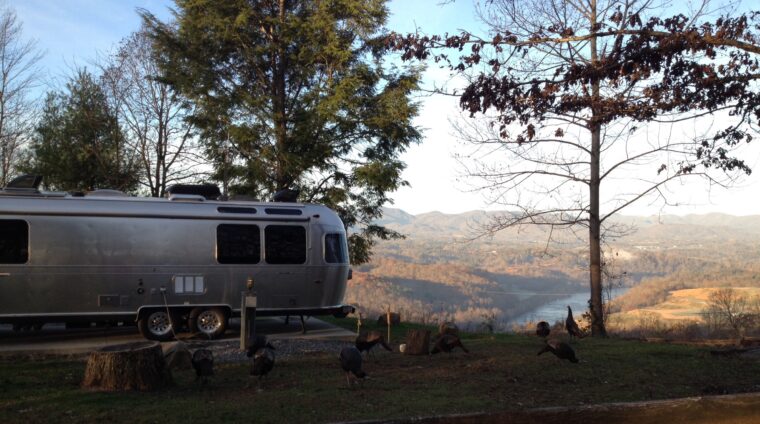The summer camping season is just around the corner, and it’s time to start planning those epic road trips to beautiful public lands. As land managers across the U.S. continue to welcome record numbers of campers to their dispersed camping areas, some national forests, grasslands, and Bureau of Land Management (BLM) lands are making changes to protect nature and increase camper safety.
Here are several upcoming and proposed changes to dispersed camping areas in the U.S.
Upcoming Dispersed Camping Changes
Moab, Utah
In early 2021, state legislators in Utah passed a bill to create Utahraptor State Park, about 20 minutes north of Moab. Two popular dispersed camping spots—Dalton Wells and Willow Springs Road—were included in the boundaries of this new, 6,500-plus-acre park.
What We Know So Far About Utah’s Newest State Park
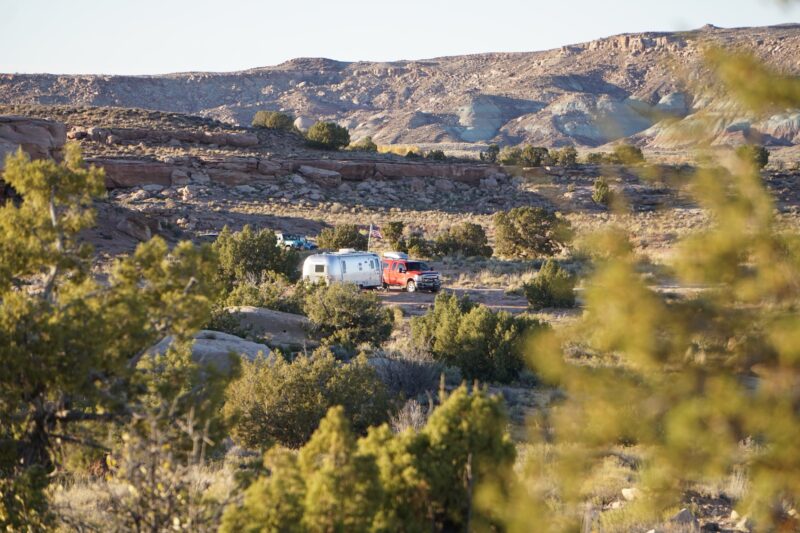
As Utah State Parks works to develop Utahraptor’s recreation facilities, it’s allowed dispersed camping to continue at these two spots, with a $15-per-night fee. As of January 2023, the Grand County Commission approved a road consolidation project that will close the western portions of both Dalton Wells and Willow Springs Roads.
Campers can anticipate more changes coming soon, as the park announced that it will limit dispersed camping once the developed campground at Utahraptor State Park is open, likely sometime in 2024, according to The Times-Independent.
Changes Currently Open for Public Comment
Moab, Utah
The Bureau of Land Management, Moab Field Office, is requesting a second round of public comment on its proposal to limit camping in the Labyrinth Rims/Gemini Bridges Special Recreation Management Area to designated dispersed sites only.
What Is Designated Dispersed Camping and Why It Matters to You
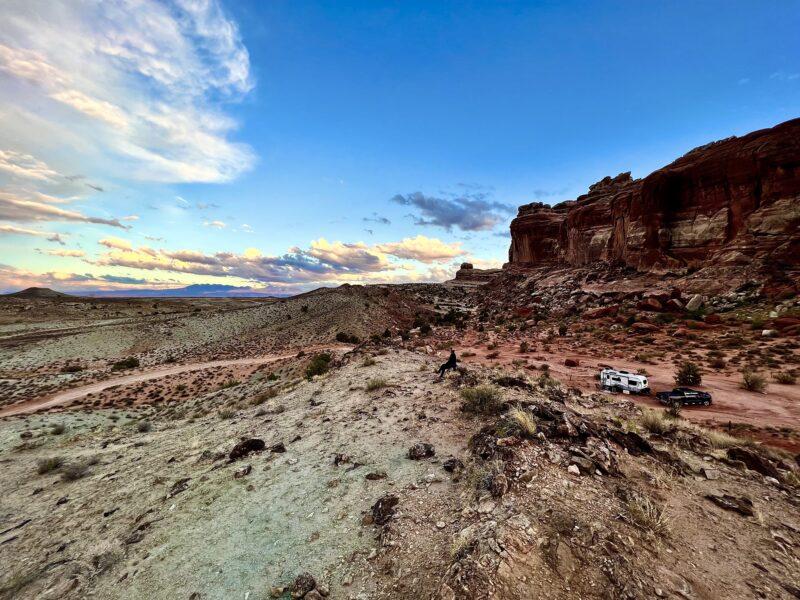
Portions of the Special Recreation Management Area are already designated as dispersed, like Gemini Bridges Road, as per the 2008 Moab Resource Management Plan. “Since that time,” states the project description, “dispersed camping has only grown in popularity along the rivers, often causing inadvertent impacts to cultural and natural resources, including wildlife habit.” In addition to moving to designated dispersed camping, the proposal would also require campers to have a portable toilet system, use a fire pan, and would ban the collection of firewood.
The public comment period is open until April 21, 2023.
Places to Watch
Bighorn National Forest, Wyoming
Last fall, the Bighorn National Forest held a series of public meetings to address ongoing issues with campers overstaying their limits, unoccupied RVs on public land, overcrowding in dispersed camping areas, and improperly disposed garbage and human waste.
The meetings come on the heels of task force recommendations, made in 2020, that were shelved due to the pandemic and staffing issues. Now, the Bighorn National Forest is looking for a path forward.
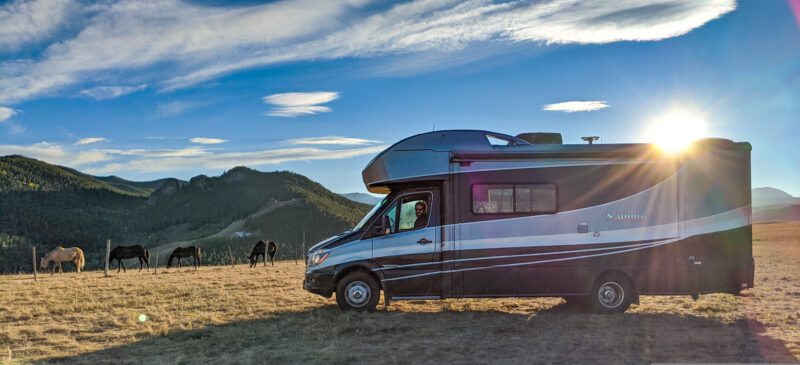
On the table are a number of solutions to help reduce the impact of dispersed camping and ease the burden on Bighorn National Forest law enforcement. These solutions include implementing a 14-day stay limit year round (currently, the restriction is only in place from June through September), identifying and assigning designated dispersed campsites, and implementing a sticker program that would require campers to purchase a permit, giving them access to camping within the forest for a calendar year.
While no changes to the national forest’s policies have been announced yet, we anticipate seeing new regulations in Bighorn National Forest in the future.
Pike-San Isabel National Forests & Cimarron and Comanche National Grasslands, Colorado
The Salida and Leadville Ranger Districts of the Pike-San Isabel National Forests & Cimarron and Comanche National Grasslands in Colorado recently concluded a public comment period to gather feedback on a proposal that aims to manage the impacts from dispersed camping on public lands in Chaffee, Fremont, Saguache, Park, and Lake counties.

The proposal is the result of a year-long scoping effort to address challenges in the national forests and grasslands due to a marked increase in campers. “The growing desire for public land use brings increased pressure on forest resources, an uptick in user conflicts, and a rise in human-caused wildfire occurrences,” said Salida Ranger District Recreation Program Manager Ben Lara in a news release published during the scoping process, which also solicited public input. “The extensive, unplanned development of camping spurs is causing resource damage and diminishing the experiences of visitors, including campers, on our public lands.”
The proposed changes include implementing designated dispersed camping in some of the most heavily used areas near Leadville, Buena Vista, and Salida, modifying travel routes throughout the national forests and grasslands, and constructing developed campgrounds. For a detailed look at the proposed changes, check out the Notice of Proposed Action.
